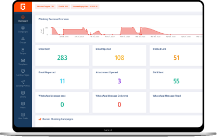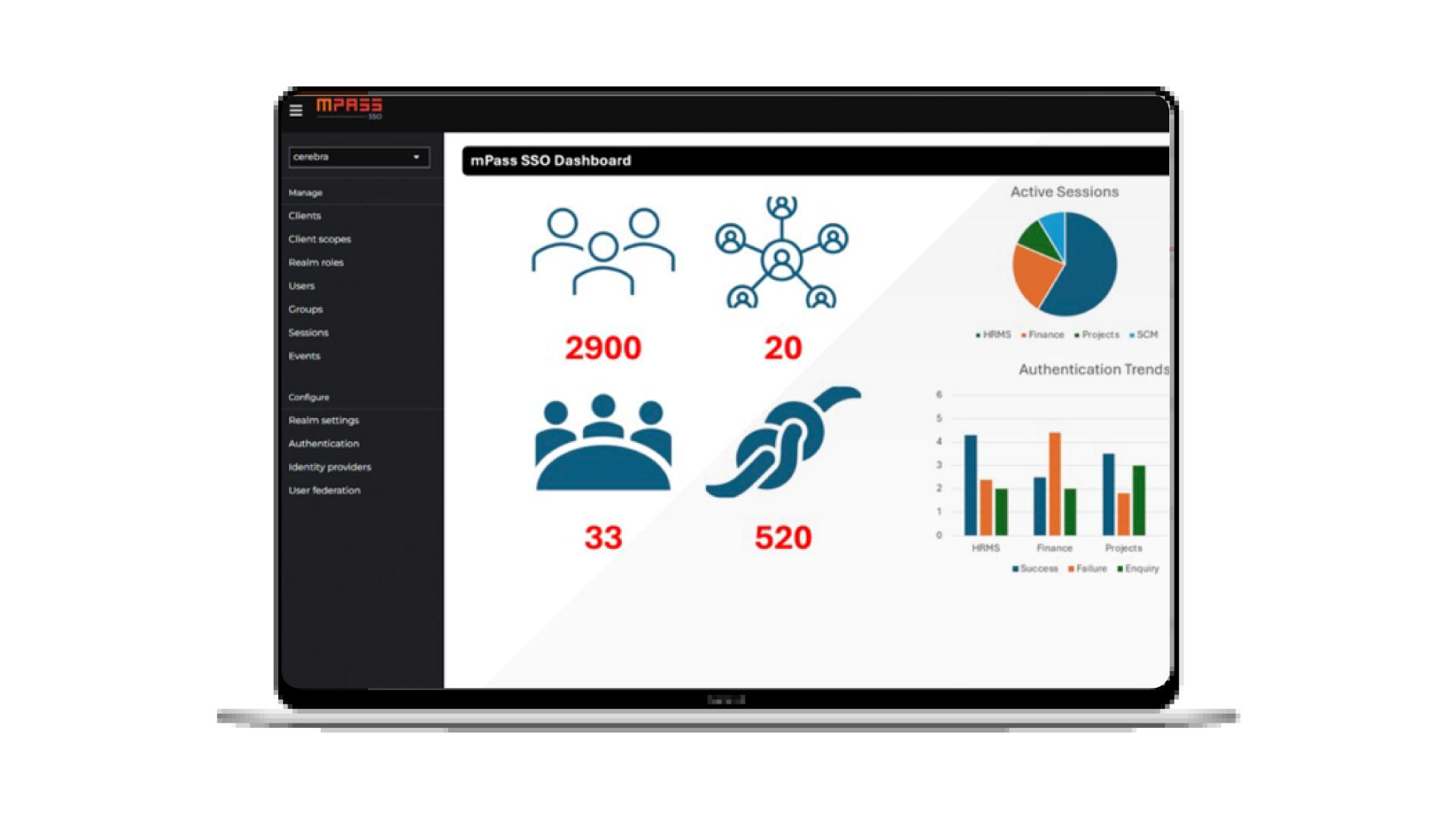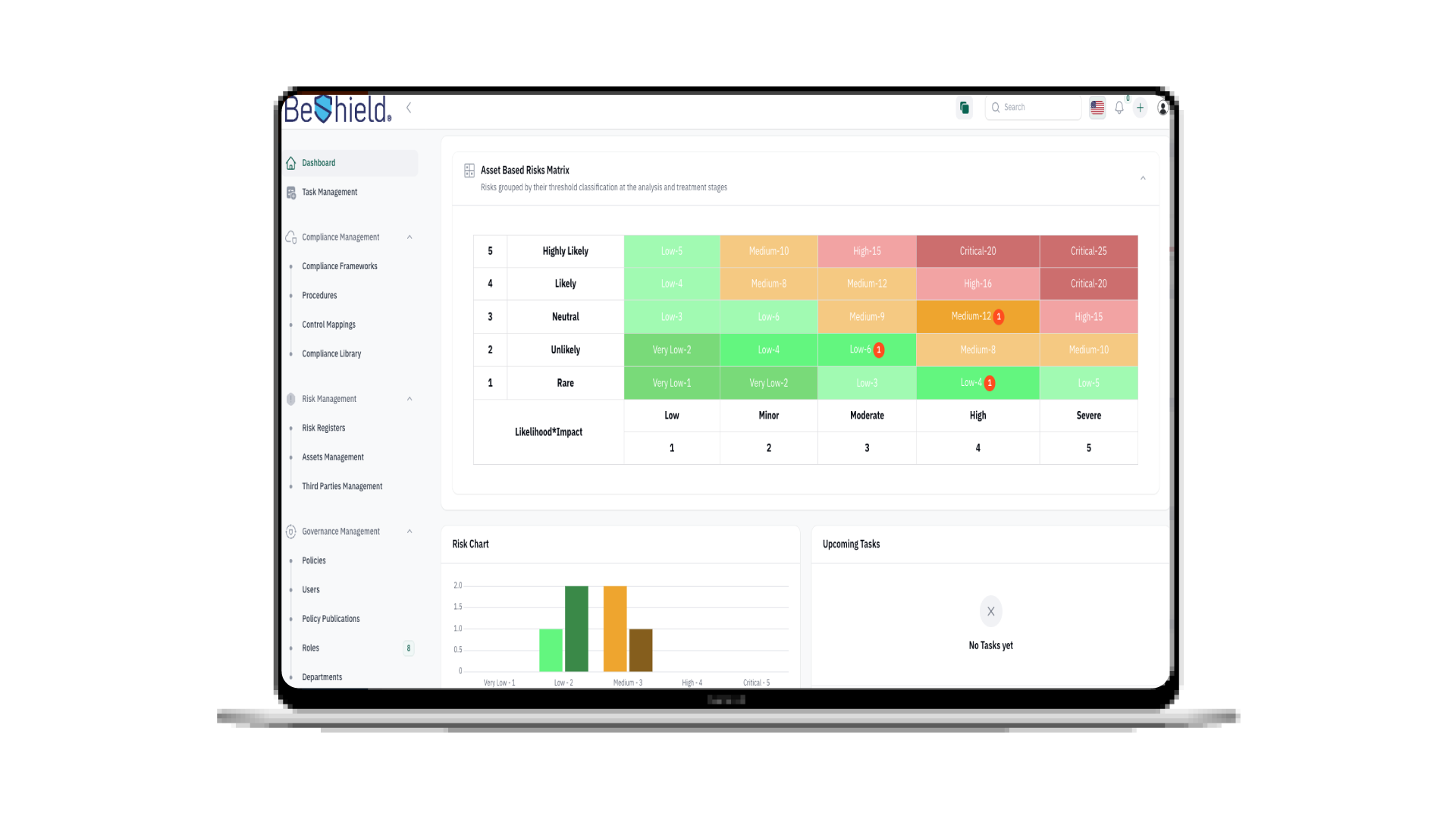cyber security in smart cities
With the increasing number of people moving from rural to urban areas, Smart cities have become the main attraction for many. and talking about cyber security in smart city has become the biggest concern in the digital transformation cases and issues.
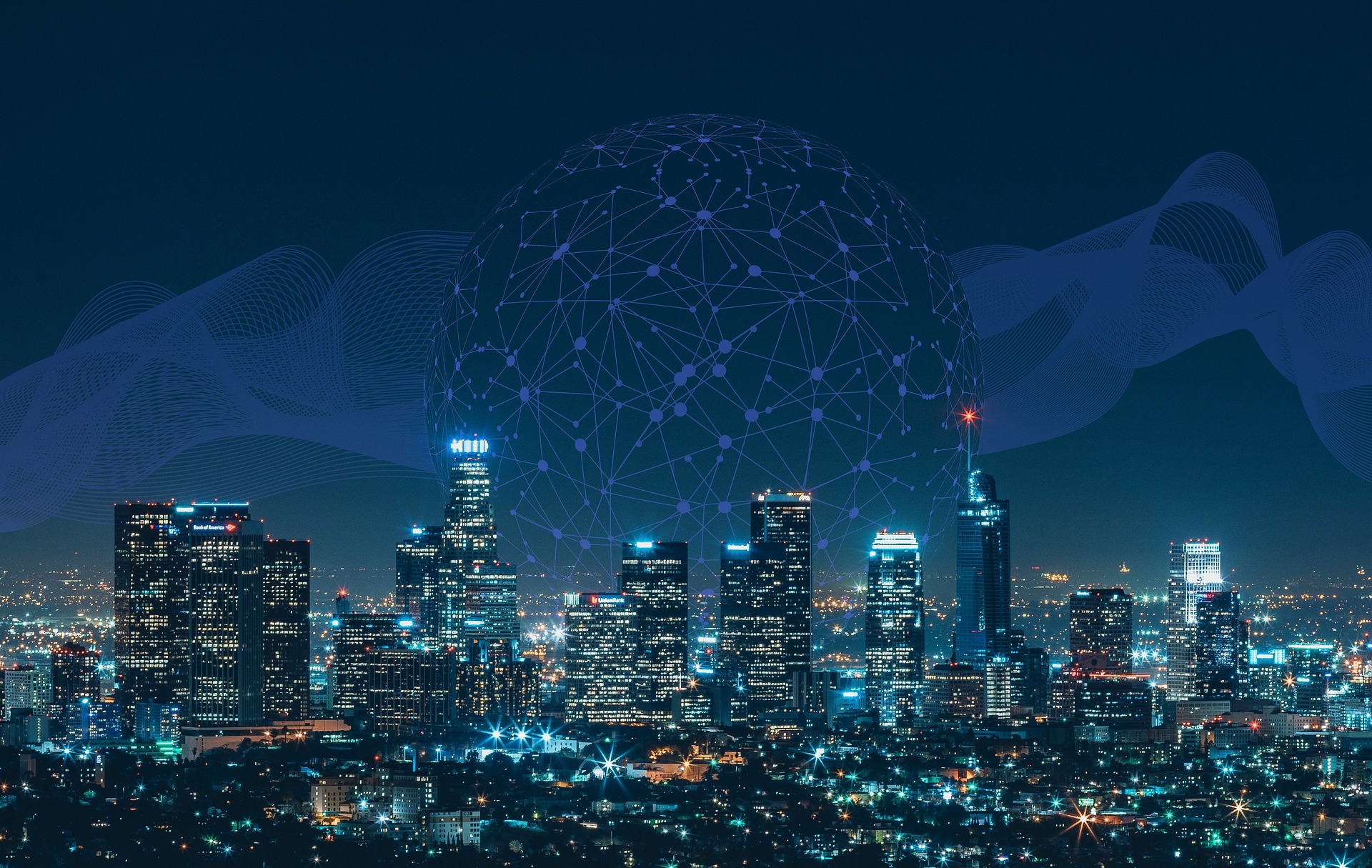
The concept of Smart cities began between 1960 and 1970, but countries started prioritizing this idea in 2010. Yokohama, Japan, was the first city to be designated as a smart city demonstrator in 2010, two years later, Barcelona introduced data-driven urban services, such as public transportation, waste management, and street lighting,
Cities are becoming more technologically empowered, and in order to capture opportunities and generate long-term success, they must become smarter. Unfortunately, cities that take this step neglect an important factor for a successful evolvement, and that is to have a secure and solid cybersecurity infrastructure. The technology used to power these Smart cities are built on the internet, making them an enticing target for attackers. The leaders of smart cities have to consider the impact and capabilities of these cybercriminals and set the right protocols.
With a lot if interesting about cyber security in smart cities, what are the 4 major cyberthreats that Smart cities face?
cyber security in smart cities : 4 Major Cyberthreats
IBM defines a Smart city as one that makes optimal use of all the interconnected information available today to better understand and control its operations and optimize the use of limited resources.

These cities use the Internet of Things (IoT) along with a range of software, user interfaces, and communication networks to provide connected solutions for the general public, but this comes with vulnerabilities, which are:
– DDoS attacks: IoT sensors are used in urban areas to collect data from various devices, inhabitants, and assets to assess and monitor things like traffic, utility usage, parking, public data, and other things. Smart cities can use big data and improve services as a result, but cybercriminals can simply exploit IoT devices that aren’t secure and disrupt servers resulting in a delay of services for legitimate users. In the case of DDoS attacks, due to the attack being generated from multiple sources, it is difficult to stop it by just blocking a single source. And recently, a newly found malware, called Mirai, is being used to scan for unsecured IoT devices with default passwords to disrupt a smart city’s system. The Mirai malware’s objective is to turn these unsecured devices into botnets to launch DDoS attacks. Finland is one of the victims of this when an attack was made on their heating system leaving citizens freezing in the middle of winter for a whole week. In some cases, these criminals could launch an attack that severely destroys the device causing the hardware to be damaged. This is known as PDoS, Permanent denial-of-service. Device authentication, data encryption, and security monitoring is the best way to protect IoT devices and networks against these attacks.
-Device Hijacking: When a device is hijacked It means that the attacker has now enabled themselves control of the device and will use it to interrupt a system by exploiting its security flaws. Usually, the criminals don’t change the device’s essential functionality, making these attacks difficult to detect. This typically leads to a ransomware attack. If an attacker gains access to the network, he can simply compromise all of the devices and systems on it. Researchers at UC Berkley revealed that emergency alerts, street video surveillance, and smart traffic signals were found to be the most vulnerable to hijacking. This proves the need to take the necessary security measures for a safe cyber environment.
-Ransomware: Hackers can compromise a system or disclose sensitive information on the Dark web if specific demands are not met. And when the victims are cornered into paying the ransom, they become prime extortion targets. Ransomware attacks have the potential to wipe out an entire smart city’s infrastructure, It also can lockdown slow down the systems. Sensitive information must be kept private and protected against unauthorized access. This could include the deployment of firewalls or data anonymization. Unfortunately, cybercrime costs the world billions of dollars every year these cybercriminals are well-organized and have a plethora of resources at their disposal.
-Man-In-The-Middle attacks: This type of attack breaches communication between two systems enabling the hacker to cause mayhem by providing false information. In some cases, the attacker could install malware to slow down the system operations. In this case citizen’s privacy will be jeopardized affecting the trust made between the city and its people. With the help of a security management team, this could be prevented.
Conclusion
Smart cities now have a large assault surface that is wide open to attacks. This is a very real and present risk. The more technology a city employs, the more vulnerable it is to cyber-attacks, making the smartest cities the ideal targets. Smart Cities are expected to create 20 trillion dollars in economic benefits by 2026 but attacks on the city’s services and infrastructure are simply a matter of time. At any moment, it may happen. This is why they must take immediate action to improve their security and protect themselves against these cyberattacks, it is irresponsible not to do so.
Also Read: The 5 Major Cybersecurity Threats Against the Healthcare Industry
A Smart city must have a smart cyber infrastructure!
Share this article:
Popular
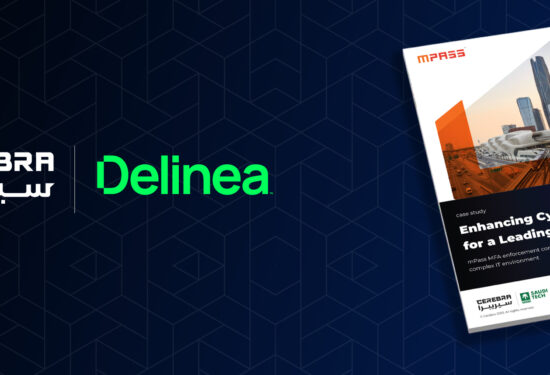
Enhancing Cybersecurity for a Leading Saudi Ministry
A prominent Saudi Arabian ministry has taken significant steps in its digital transformation journey, focusing on strengthening its cybersecurity framework while aligning with the goals of Vision 2030. In the face of challenges like outdated authentication methods, complex access environments, and strict compliance requirements, the ministry embarked on a two-phase solution to address these issues effectively. Phase One: Implementing Cerebra mPass MFA The first phase of the solution introduced Cerebra mPass Multi-Factor Authentication (MFA), designed to offer a more adaptive, user-friendly approach to authentication. This system enables seamless access controls for users while enhancing security through multiple layers of verification. ...
26th May 2025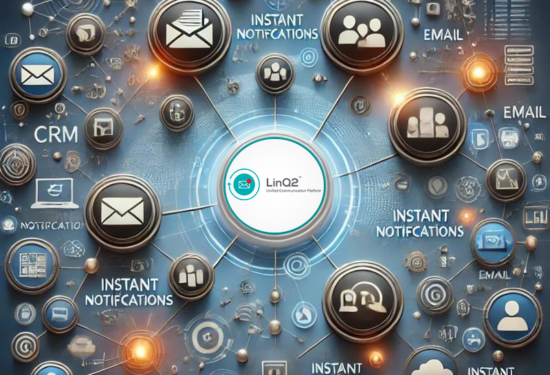
Revolutionize Enterprise Communication Platform with LinQ2
Revolutionize Enterprise Communication Platform with LinQ2 In today’s fast-paced business environment, enterprise communication platform is the backbone of success. Whether reaching customers, coordinating with employees, or automating notifications, having an effective enterprise communication platform is essential. Cerebra’s LinQ2 stands out as the ultimate solution, offering a multi-channel notification platform tailored for businesses of all sizes. Why Enterprise Communication Platform Is Essential for Business Growth? Efficient enterprise communication platform ensures businesses can stay connected with their customers and teams in real time. Poor communication systems often lead to missed opportunities, customer dissatisfaction, and delays in internal operations. Key Features of LinQ2 ...
11th Mar 2025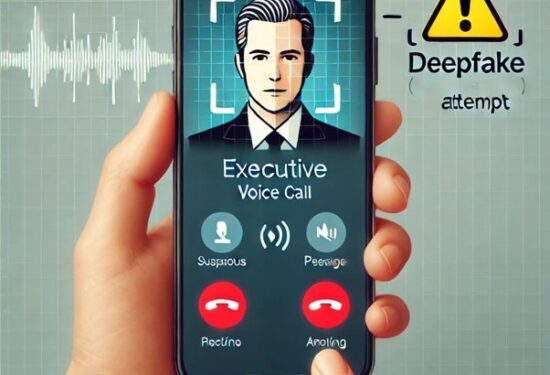
Deepfake in Phishing: Challenges and Solutions
In the era of advanced technologies, especially with the explosive adoption of Large Language Models (LLMs) and Generative Artificial Intelligence (GenAI), deepfake has emerged as one of the most significant challenges in cybersecurity. This technology relies on Artificial Intelligence, specifically deep learning and the use of GenAI, to create fake yet highly realistic content that is difficult to detect. Deepfake serves as a versatile tool spanning applications from entertainment to cybersecurity. However, its misuse can pose severe risks, especially in phishing schemes. What is Deepfake? Synthetic media refers to a technology that leverages deep learning algorithms to create ...
19th Dec 2024
AI Governance: Opportunities and Challenges in Cybersecurity
AI Governance: Opportunities and Challenges in Cybersecurity With the increasing reliance on AI technologies in various fields, AI Governance has become a key factor to ensure system integrity and data protection. This governance plays an essential role in enhancing confidence in modern technology and ensuring that it is used responsibly. It has been almost two years since OpenAI’s ChatGPT went viral, igniting widespread interest in artificial intelligence (AI) and setting off a wave of technological and investment growth in the field. Academic and technical investments in artificial intelligence: The advancements in AI since then have been staggering, with exponential increases ...
14th Nov 2024
Cyber Warfare Unveiled: Tracing the Journey from Espionage to Digital Combat
“Cyber Warfare: From Espionage to War A Journey Through Time” With the massive technological advancements, the boundaries of warfare have expanded to encompass cyberspace, where “cyber warfare” has emerged as an increasingly serious threat to individuals, institutions, and countries. The line between cyber and traditional wars has blurred for a while but recent activities in the region made it clear that cyberwars is becoming a dangerous and can lead to harming humans. In this blog, we will dive into a journey through the world of cyber warfare, seeking to understand its nature, history, impacts, types, evolution, and some solutions to ...
9th Oct 2024
Keeping Our Kids Safe Online
A Guide For Keeping Your Kids Safe Online Parents and all who are concerned about the well-being of our young kids in this digital world. Today we will discuss a topic of utmost importance: digital safety for kids. Yes, the Internet can be a very dangerous place for our young kids , especially with the spread of phishing scams. So, let us dive deeper and present to you, in this comprehensive article, a comprehensive guide on digital safety for kids. What every parent needs to pay attention to. Internet risks for kids: The internet has become a big part of ...
17th Jul 2024
Could you be hacked through Slack?
Could you be hacked through Slack? The usage of collaboration platforms such as Microsoft Teams and Slack has significantly increased, with nearly 80% of employees utilizing them. These platforms are designed to be convenient and easily manageable for daily conversations within organizations. However, what makes them easy and convenient also renders them vulnerable to cyber threats and attacks. In 2021, for instance, 780 gigabytes of data from the gaming giant Electronic Arts (EA) were breached through Slack! During the same year, a security vulnerability in Microsoft Teams was exploited to launch a widespread cyber attack on ...
12th Jun 2024
Tips To Be Cyber Protected While Traveling
Goodbye worry! A safe journey in the digital world With all the modern wonders of the digital world, we trust communication technologies on our journeys. There is no doubt that the travel experience is always more beautiful and enjoyable, but it can also pose a range of risks, especially when it comes to cybersecurity. Travelers may fall victim to phishing, Wi-Fi network spying, and theft of their personal data, which can make their journey filled with worries and tension. With the increasing prevalence of cyber threats, it is essential for travelers to follow some guidelines to protect their devices and ...
1st Apr 2024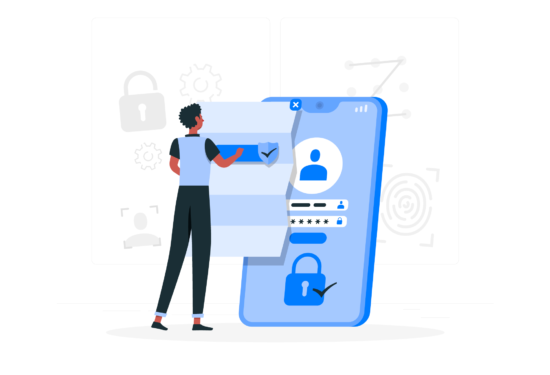
Push Authentication: A New Era in Multi-Factor Authentication
Want To Say Goodbye To Passwords and OTP Codes? Discover Push Authentication! It is easy for your password to be compromised through phishing attacks, even if it meets the cybersecurity strong password standards and is difficult to predict So we must get to know the technique of Push based Authentication. Some may recommend that you use Multi-Factor Authentication (MFA) to increase your security. Multi-Factor Authentication (MFA): MFA is the process of logging into your account through multiple steps. It requires you to enter more information, not just your password. But there is another obstacle that arises when using such ...
14th Feb 2024



